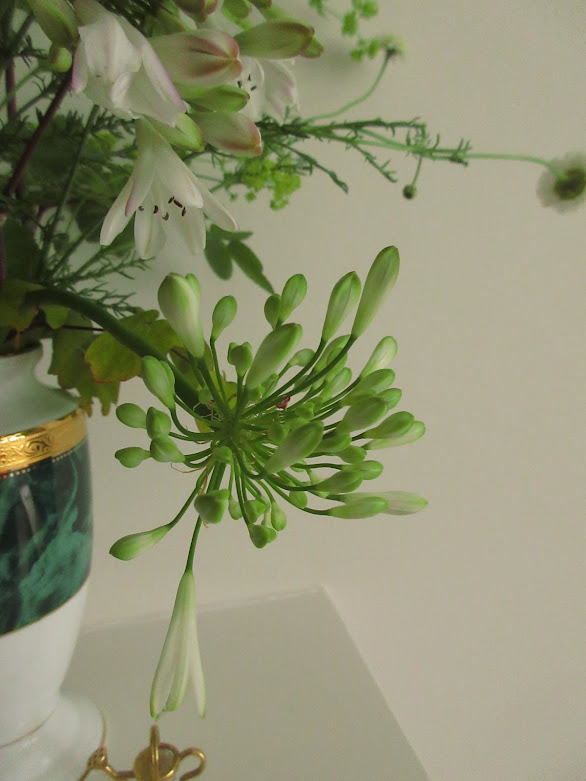Another short walk to catch the summer flowers before they pass, together with a packed lunch, made for a delightful hour or two change. This time we parked on the side of the New Road, which leads up from Draycott, and past the airfield.
It was a glorious and sunny day, maybe a little too hot. The walk was probably less than two miles, and we stopped often to look at the view, the flora , insects, and the herd of cows and their small calves wander along the paths.
The short turf and the anthills were covered in a wide variety of flowers. The thyme was in full flower with many visiting bees. Isolated plants of Common Centaury peered above the closely cropped grass, Horse-shoe vetch and many other flowers, such as hairbells and the small scabious with blues to equal the skies, were plentiful.
The kidney vetch was very much apparent on the Eastern side of the reserve's grass land. The woolly effect at the centre where the small flowers emerge from the hairy calyx really drew me in.
We were intrigued by the dark opening in a limestone bluff. Draycott Cave and is about 24m long. The limestone above the opening is just like an intensively planted rockery.
Ferns were clinging to the rocks on the outside of the cave
When sharing this post with new friends also not long moved this is beautiful corner of England, one of who happens to be a Botanist, I had the following helpful identifications which I am including, as well as the link to help identify British Ferns.
"Your first one is Wall Rue (Asplenium ruta-muraria), commonly found on stone walls, even in city back alleys, but it is a real little jewel when you look at it closely."
"The second one is the Rusty-back fern (Asplenium ceterach) which is distinguished by overlapping scales on its underside giving it a rather hairy appearance. I’m rather fond of this species since it was the first fern I drew when studying Botany at University. I guess you already know this but there is a lovely website (British Pteridological Society) for quickly identifying UK ferns at https://ebps.org.uk/wp-content/uploads/2014/05/Fern-Guide01.pdf. It has some of the best fern photos I’ve seen." Dr T Hooker
The mossy Stonecrop were holding up...
The views were fine looking Eastwards
Westwards across Cheddar Lake towards Step Holm and Flat Holm Island in the Severn Estuary, with Wales on the other side, could just be made out.
We disturbed a kestrel and saw it fly off, as well as many butterflies including the iconic Chalk-hill blue butterfly.

















































